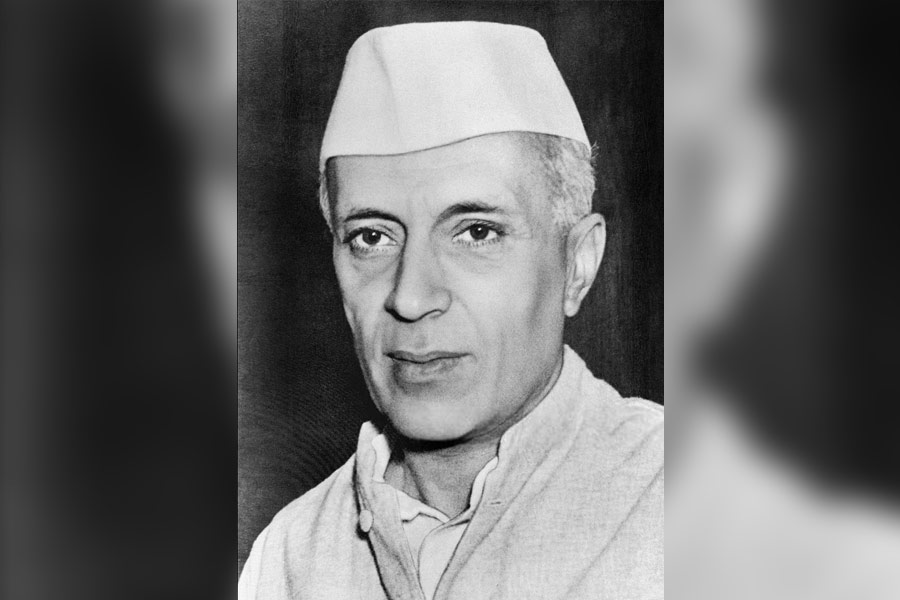 |
New Delhi, Nov. 11: Shale gas reserves in Bengal’s Ranigunj are estimated at close to 50 trillion cubic feet.
Comparative figures are unavailable, but a quick reference can be made to the natural gas discovery made by Reliance Industries in the Krishna-Godavari basin.
Initially, the natural gas reserves in Reliance’s Krishna-Godavari block were put at 11.5 trillion cubic feet, which were considered high. However, the estimates have been scaled down to 3.10 trillion cubic feet because of “unforeseen geological surprises”.
ONGC had found the gas in the Ranigunj area in early 2011, and the PSU’s pilot study has come up with the estimates now.
The pilot study actually assessed the availability in both Ranigunj and North Karanpura in Jharkhand.
“The estimates are based on a pilot study involving the drilling of four wells — two each in Ranigunj (Damodar Valley) and North Karanpura area in Jharkhand. Most of the gas was found in the Damodar valley with only 1.5 tcf in North Karanpura. So, it (Karanpura) is not considered prospective,” a senior ONGC official said. If the estimate for Karanpura is 1.5tcf that for Ranigunj is about 46.5tcf.
Officials said more tests would be done in the area using other technical parameters to estimate how much can actually be developed commercially.
Shale gas is natural gas, or methane, trapped in layers of hard rocks called shale that are found thousands of metres below the earth’s surface. A process known as hydraulic fracturing, or “fracking”, is used in its extraction, under which water mixed with chemicals are blasted into a well to break the rocks and release the gas.
Shale gas production requires large tracts of land as it involves horizontal drilling.
There are concerns that this technology can have negative impacts on the environment such as groundwater contamination and air pollution.
A recent report by America’s Energy Information Administration has estimated that India has 290 trillion cubic feet of shale gas in-place reserves with a technically recoverable resource of 63 trillion cubic feet for four of the 26 sedimentary basins it studied.
Upstream regulator, the Directorate General of Hydro carbons, has identified six basins — Cambay, Assam-Arakan, Gondwana, KG onshore, Cauvery onshore and Indo Gangetic basins — for shale gas exploration.
Officials in the petroleum ministry said they were studying the comments and suggestion from the industry and others on the draft shale gas policy released earlier this year.
“We will consult other ministries, including environment, and plan to move a cabinet note in January and expect to conduct the auction for shale gas blocks in the next fiscal,” officials said.
The draft policy has suggested royalty and production-linked payments to the government for shale blocks.
The Comptroller and Auditor General of India had earlier criticised the profit sharing mechanism in the existing New Exploration Licensing Policy as it encouraged operators to inflate costs.
Shale gas contributes to nearly 17 per cent of the total gas production in the US. Although many other nations are pursuing shale gas, commercial success has been limited to the US and Canada, an ONGC official said.
The unconventional gas has hugely influenced the US energy market, significantly reducing the country’s dependence on imported LNG. It can also help India to bolster its energy security.











